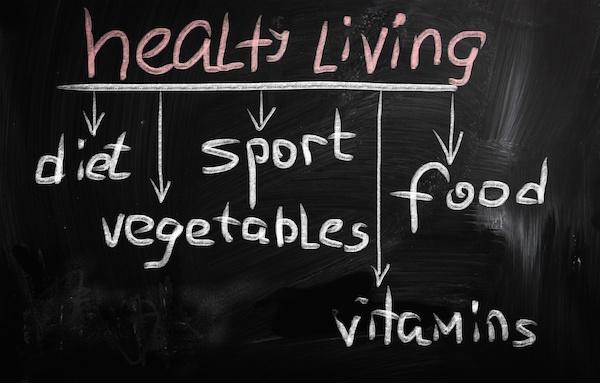
MONDAY, Dec. 5 (HealthDay News) — A new study finds abuse in childhood may be associated with changes in the teenage brain.
The research found that teens who’ve been abused or neglected have less “gray matter” — tissue that contains brain cells — in some areas of the brain than those who haven’t been subjected to maltreatment.
Forty-two adolescents involved in the study had a history of abuse or neglect. They also had reductions of gray matter in the brain, even though they had not been diagnosed with a psychiatric disorder, the Yale School of Medicine researchers said.
The affected brain areas may differ between boys and girls, and may depend on whether the teens were exposed to abuse or neglect or whether the neglect was physical or emotional, the researchers noted.
Reductions in gray matter were seen in the prefrontal areas of the brain, no matter whether the teen had suffered physical abuse or emotional neglect. But reductions of gray matter in other areas of the brain depended on the type of maltreatment. For example, emotional neglect was associated with less gray matter in areas of the brain that regulate emotion.
In boys, reductions in gray matter tended to be concentrated in areas of the brain associated with impulse control or substance abuse. In girls, reductions were in areas of the brain linked to depression.
The study was published Dec. 5 in the Archives of Pediatric & Adolescent Medicine.
“Here we have teenagers who may not have a diagnosable illness but still have physical evidence of maltreatment,” senior author Hilary Blumberg, an associate professor in the departments of Psychiatry and Diagnostic Radiology and in the Yale Child Study Center, said in a Yale news release. “This could help to explain their trouble with school performance or increase their vulnerability to depression and behavioral difficulties.”
She emphasized that this gray matter reduction likely is not permanent.
“We have found that the brain, particularly in adolescents, shows a great deal of plasticity,” Blumberg said. “It is critical to find ways to prevent maltreatment and to help the youths who have been exposed.”
More information
The American Academy of Pediatrics has more about child abuse.

